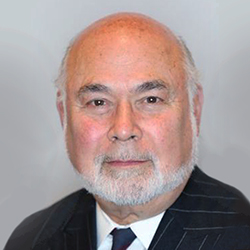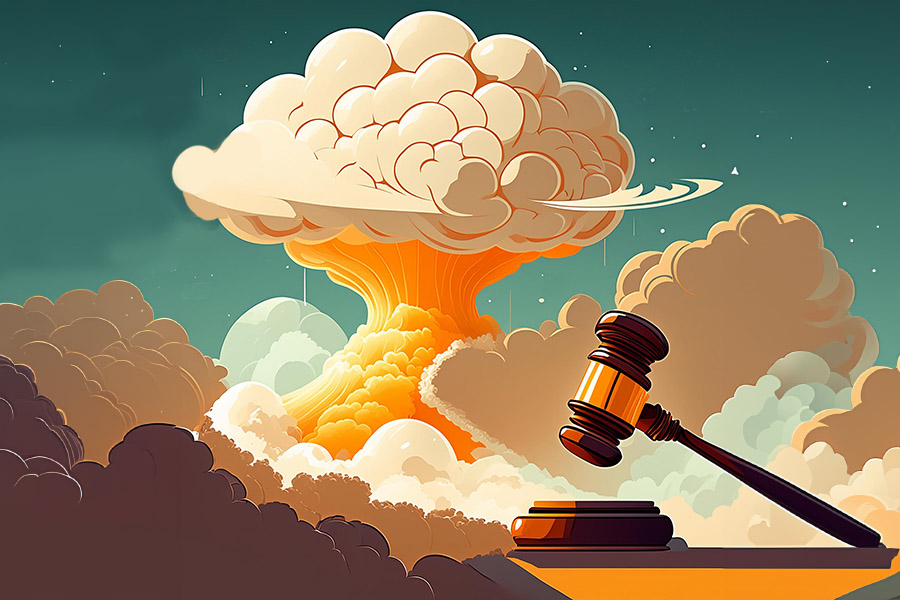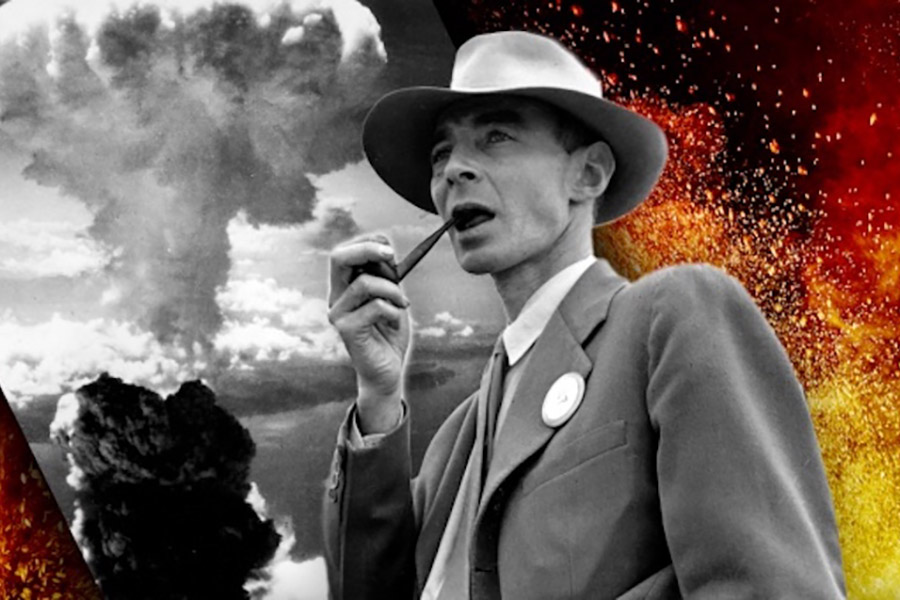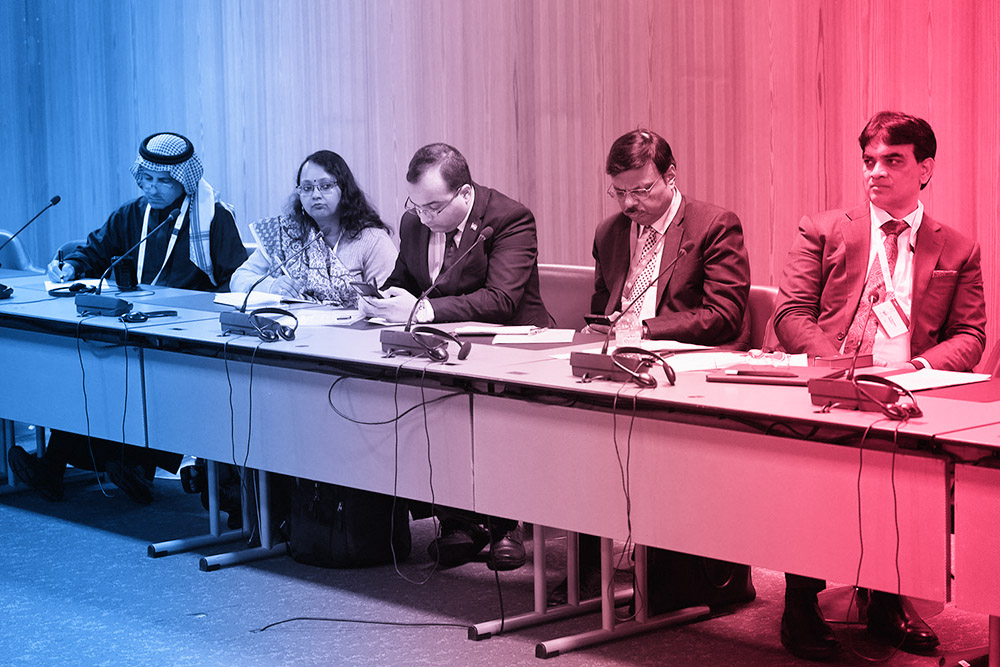by Ambassador Thomas Graham
This paper addresses the current uncertain status of the NPT Review Conference, originally scheduled for 2020. When the Conference is eventually held, three principal issues likely to be examined are the continued failure to bring the CTBT into force; the lack of progress leading to an international conference on the importance of promptly negotiating a Weapons of Mass Destruction Free Zone for the Middle East, the cause of the failure of the 2015 Review Conference; and the effect on the Review Conference of the Treaty on the Prohibition of Nuclear Weapons, which entered into force in January 2021. The 2020 Review Conference is now scheduled for August 2021. Thus the prediction of which matters will be most important at the Conference is somewhat uncertain. Whenever the Conference is held, serious issues will confront it. The Treaty has been weakened over the years; it is significantly endangered by the increasing threat of climate change. It is highly important to strengthen the Nuclear Non-proliferation Treaty, the centerpiece of international security, to maximize its chances to remain viable against the threat of climate change. A strong, positive Review Conference will do much to achieve this.
KEYWORDS:
Non-proliferationNPT Review Conferencetest banban treatyWMD free zone
The fear of proliferation is by no means a recent phenomenon. In response to a reporter’s question in March of 1963, President Kennedy said that his worry was that by 1970, there would be ten nuclear weapon states instead of four, with nuclear weapons integrated into their national arsenals and by 1975, the number could be fifteen to twenty. He regarded this as “the greatest possible danger and hazard” (Kennedy, n.d.).
Kennedy was not the only statesman appalled by both the thermonuclear confrontation and the threat of the widespread proliferation of nuclear weapons. In 1961, the United Nations General Assembly unanimously passed the “Irish Resolution” which called on all states to conclude an international agreement prohibiting the further acquisition or transferring of nuclear weapons. Nothing happened for four years, but then the United Nations passed a new resolution, introduced by Sweden and India, which not only called for a nuclear non-proliferation treaty but also set forth principles on which the treaty should be based. Among them was a principle that called for a balance of obligations between nuclear and non-nuclear states, that is, undertakings by the NPT nuclear weapon states in exchange for the commitment to non-proliferation by the NPT non-nuclear weapon states. This meant, in particular, steps toward eventual nuclear disarmament. This set the stage for negotiations to begin in 1966.
The negotiation took place in Geneva at the 18 Nation Committee on Disarmament known as the ENDC, later the Conference on Disarmament (CD), which is what this body is called today. In August of 1967, the two co-chairmen of the NPT negotiation, the United States and the Soviet Union, had agreed upon a joint treaty draft text. This draft text obligated the nuclear weapon states-parties not to transfer nuclear weapons to the non-nuclear weapon states-parties (Article I). Nuclear weapon states were defined in the Treaty as states that had tested a nuclear device prior to 1 January 1967, thereby establishing the five permanent members of the Security Council as the nuclear weapon states: China, France, the United Kingdom, the Soviet Union and the United States. The non-nuclear weapon states – all others – were obligated not to receive or otherwise acquire nuclear weapons (Article II) and provided for safeguards to verify these undertakings (Article III). However, the non-aligned members of the ENDC wanted the treaty to be consistent with the five principles of the Sweden-India resolution, in particular balanced obligations and taking steps toward nuclear disarmament. They argued that the Treaty also needed to include specific, tangible interim steps to halt the nuclear arms race and to limit nuclear weapons. Some member states of the ENDC, as well as the UN generally, also advocated that a provision was necessary that safeguarded the right of all states-parties to have access to peaceful nuclear technology.
Jonathan Granoff is the President of the Global Security Institute, a representative to United Nations of the World Summits of Nobel Peace Laureates, a former Adjunct Professor of International Law at Widener University School of Law, and Senior Advisor to the Committee on National Security American Bar Association International Law Section.








